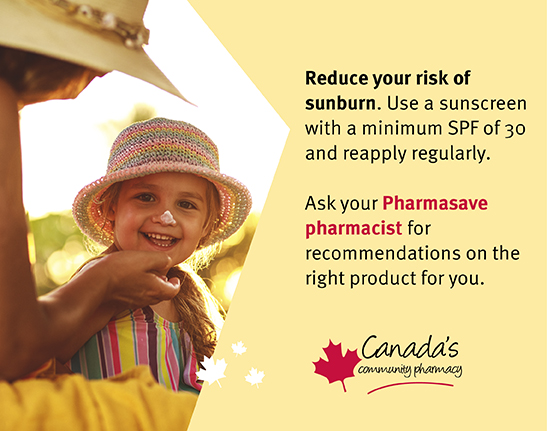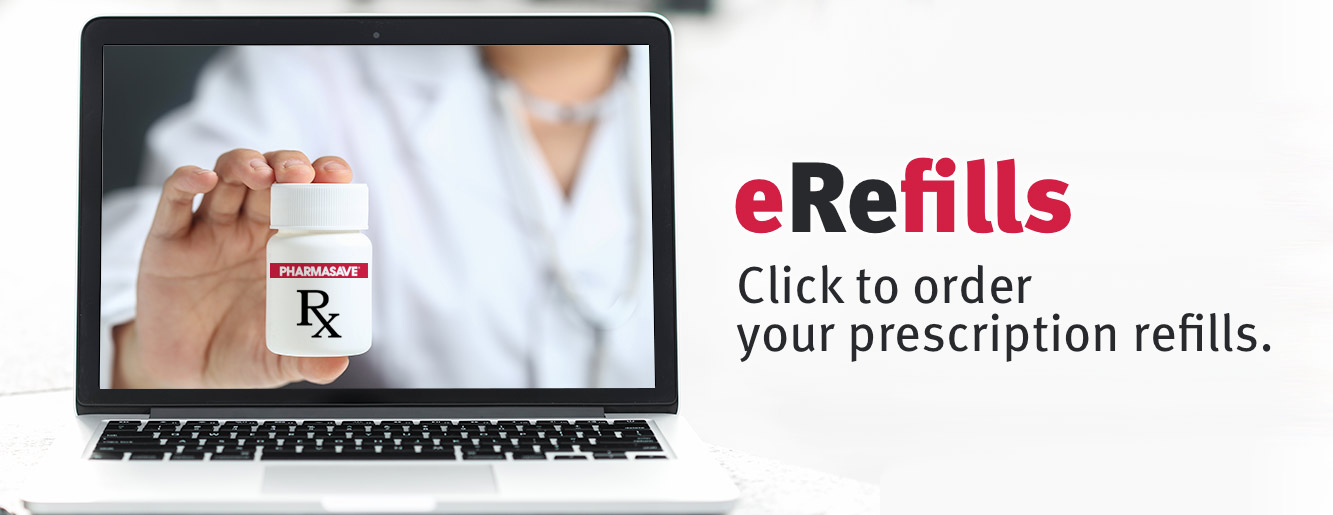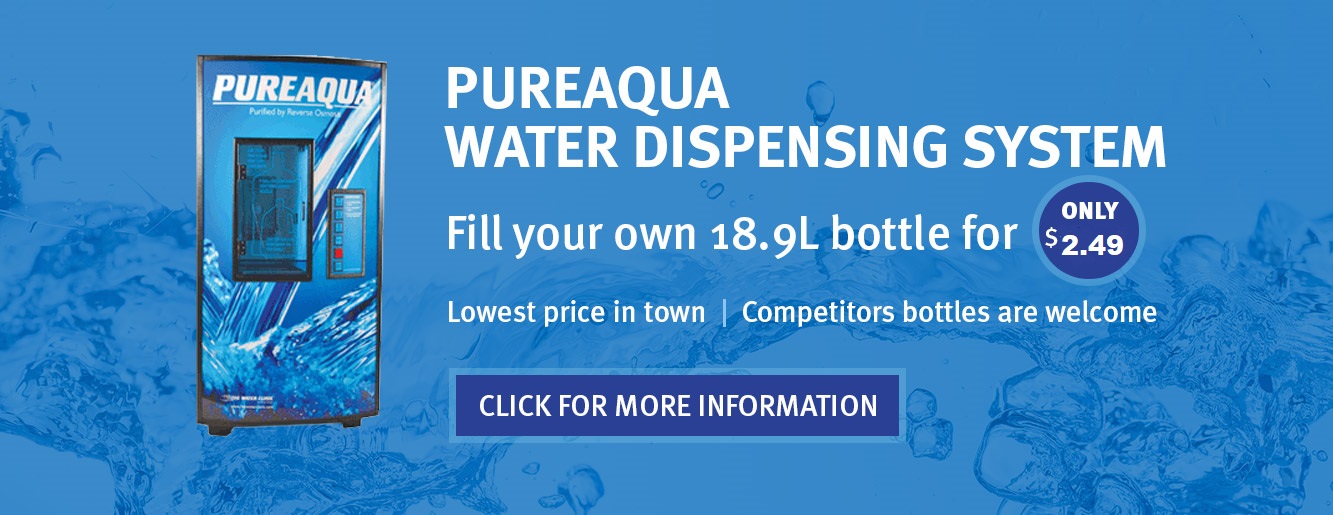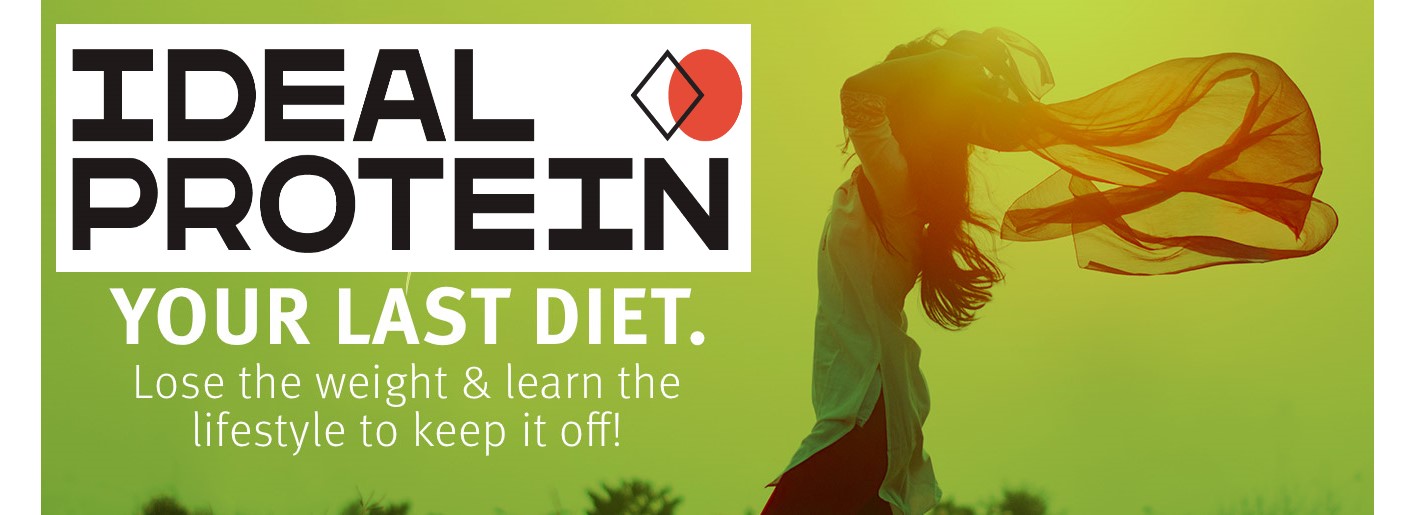
July 2022 – Sun Care / Healthy Skin
Protect Your Skin From 3 Summertime Rashes
Heat rash
Identify it: Expose human skin to hot weather and heat rash is always a possibility. Heat rash happens when sweat ducts become blocked. Sweat can get blocked in several ways – by clothes that don’t let the skin breathe, by sweating excessively, by a buildup of bacteria on the skin, or by sleeping under too many blankets. So the sweat that should come out of the skin gets trapped beneath the skin and causes lumps that can be pimply, blistery, and red. Some cases of heat rash have no other symptoms aside from the rash, while others can be intensely itchy and prickly, thus the rash’s nickname, prickly heat.
Resolve it: Heat rash generally resolves on its own without needing any treatment. Still, if it develops, get out of the heat. Reduce activity. Sit in front of a fan to cool down. Take a cool shower. If need be, soothe the rash with calamine lotion. Should the rash get worse, or if it is accompanied by pain, pus, fever, chills, or other signs of infection, seek medical help. Repeated bouts of heat rash can advance to a point where the body doesn’t sweat enough, increasing the risk of heat exhaustion.
Prevent it: To prevent the prickles, dress cool. Wear loose-fitting, light-coloured clothes made of natural fibres that allow you to sweat as your body needs to. Avoid polyester – a chafing, synthetic fabric that’s never at risk of being called “cool.” Keep kids cool, too, by not overdressing them on hotter days.
Hot tub rash
Identify it: Bathe in a contaminated hot tub, spa, or swimming pool, and you could encounter Hot tub folliculitis. The human body is covered with hair follicles, the tiny pores out of which hair grows. Under certain circumstances (e.g., hot, wet conditions), a bacterium called Pseudomonas aeruginosa can come in contact with the hair follicles, causing an itchy, red, bumpy rash. The skin beneath your swimsuit may be especially susceptible, since the bacteria sits longer on that part of the skin.
Resolve it: Hot tub rash goes away on its own, unless you keep revisiting the contaminated tub or spa. Try an anti-itch medication if you’re tempted to scratch. In severe cases, antibiotics may be needed to clear up any lingering infection.
Prevent it: Once you’re out of the hot tub, remove your swimsuit and take a shower as soon as you can. Wash your swimsuit on a regular basis. Another way to protect yourself is to only bathe in sanitary tubs. A tub that smells bad or looks visibly dirty? Not so hot. If you’re a home hot-tubber, regularly check the pH and disinfectant levels of your tub.
Swimmer’s itch
Identify it: A rash that pops up within a couple of days of swimming could be swimmer’s itch. Exposed skin makes a temporary home for parasites that prefer ducks, snails, and other wetland animals. An allergic reaction to the tiny parasites causes a non-contagious rash that is red, raised, and, of course, itchy.
Resolve it: Swimmer’s itch clears up quickly. Until it’s gone, scratch the itch with calamine lotion, antihistamines, or anti-itch creams – not with your fingernails. Or soak in baths sprinkled with baking soda or Epsom salts. A rash that lasts longer than a week or that produces pus needs medical attention.
Prevent it: The parasites to blame for swimmer’s itch thrive in warm bodies of water, especially lakes and ponds frequented by birds. So don’t spend too much time swimming and wading in these types of waters. If you do swim in these waters, stay out of the shallow areas, where more of the parasites hang out. After your swim, rinse your skin off and dry well.
Ask Your Pharmacist
Question: My medication may cause a rash in sunlight. What can I do to prevent this, especially in the summertime?
Answer: Some medications can trigger a reaction to the sun – this reaction, which may look like a rash or a sunburn, is called photosensitivity. Some common over the counter and prescription medications can cause photosensitivity, such as antihistamines, pain relievers, antibiotics, and medications for cholesterol and diabetes. Not everyone who takes these medications may have a reaction, and if you do have a reaction it’s not guaranteed you may experience it again. If you experience photosensitivity, seek advice from your healthcare practitioner.
To avoid getting a photosensitivity reaction, practice sun safety:
- Seek shade, especially between 10am and 4pm.
- Wear long-sleeved shirts, pants, sunglasses, and broad-brimmed hats to limit sun exposure
- Use a broad-spectrum sunscreen that protects against both UVA and UVB
- Use a sunscreen that is SPF 30 or higher
- Remember that sun can reflect more strongly off water, snow or sand.
- Stay hydrated and cool – drink plenty of water and avoid beverages with caffeine or alcohol
- Take these basic precautions to have a fun and sun-safe summer.
If you have questions about your medications and the possibility of photosensitivity, contact your Pharmasave pharmacist.
Health Tip
Not all liquids are equal! To stay hydrated, the best bet is to increase your water intake, and avoid drinking caffeinated or alcoholic beverages. If you’re sweating a lot you may consider taking electrolytes or sports drinks, but remember that some of these may have a high sugar content or other additives. Speak with your Pharmasave pharmacist to find out what beverages are best for you.



